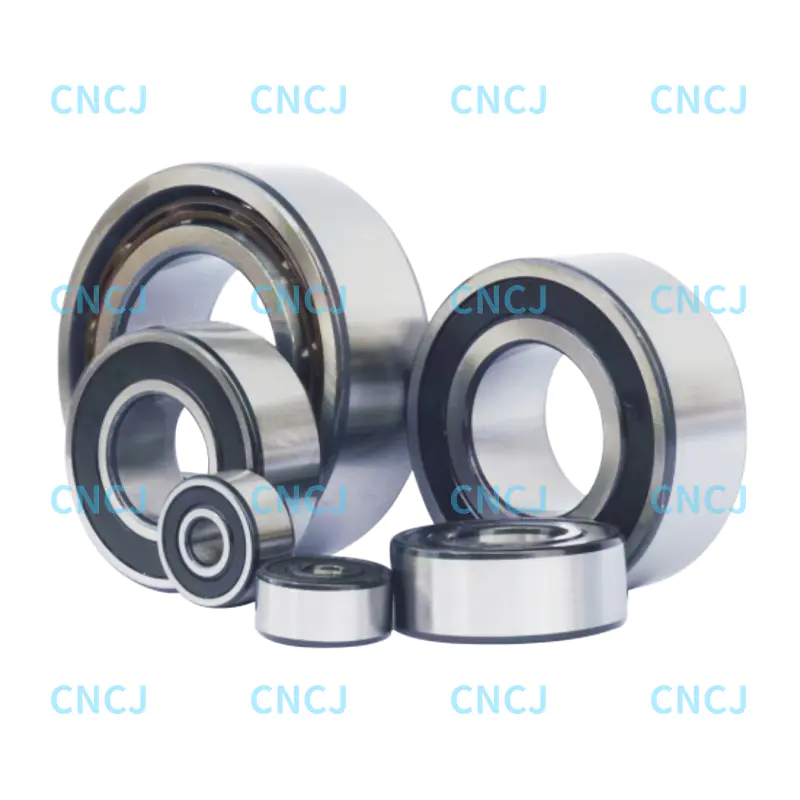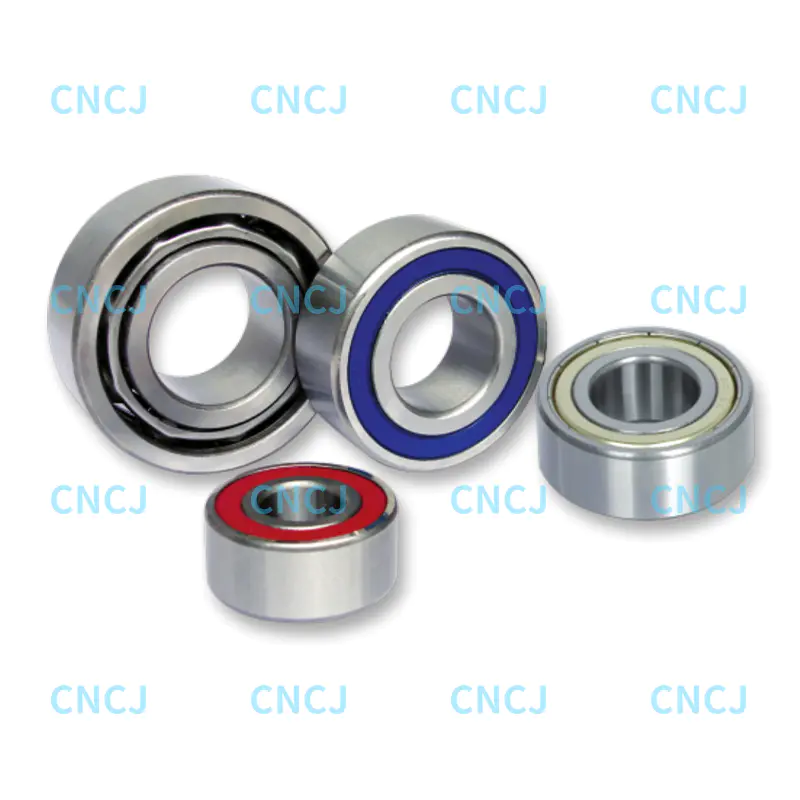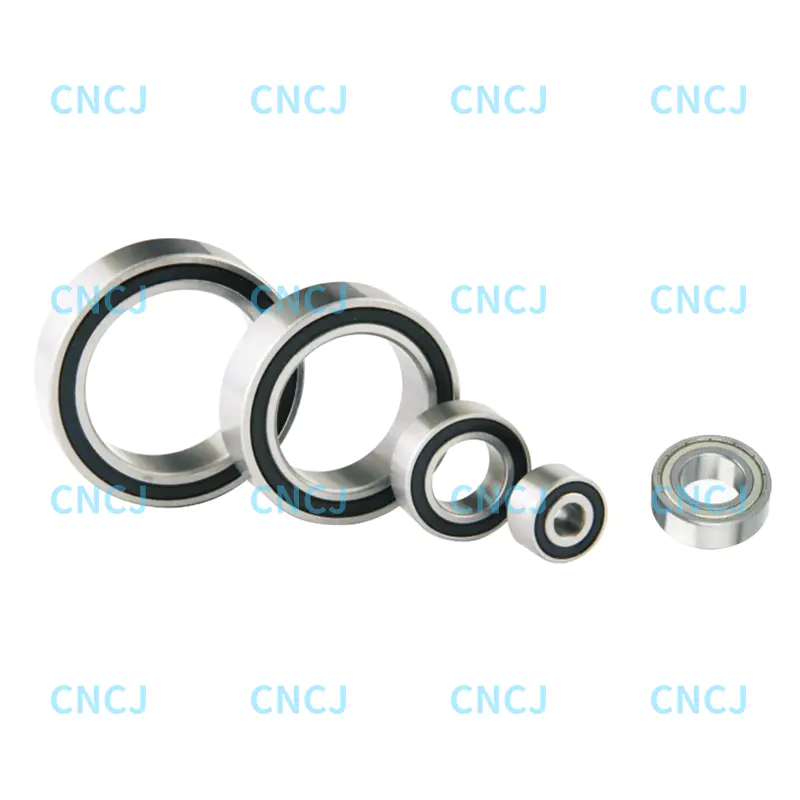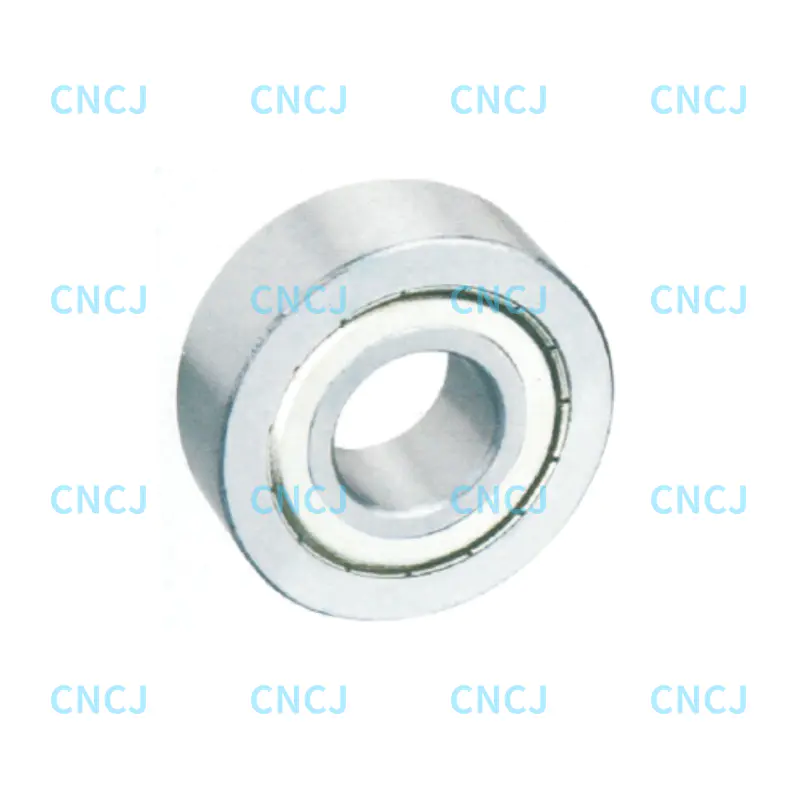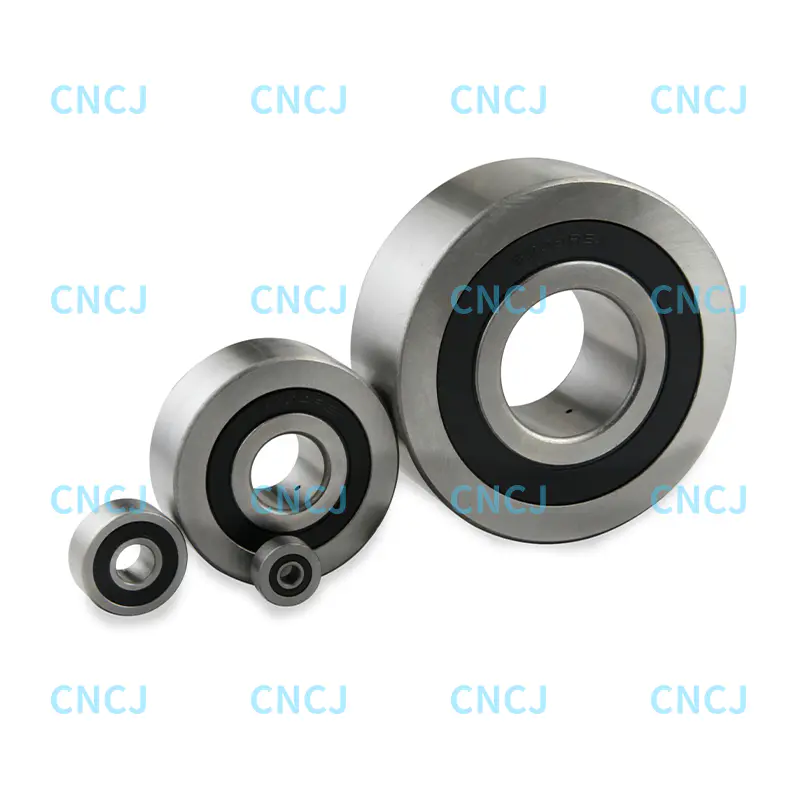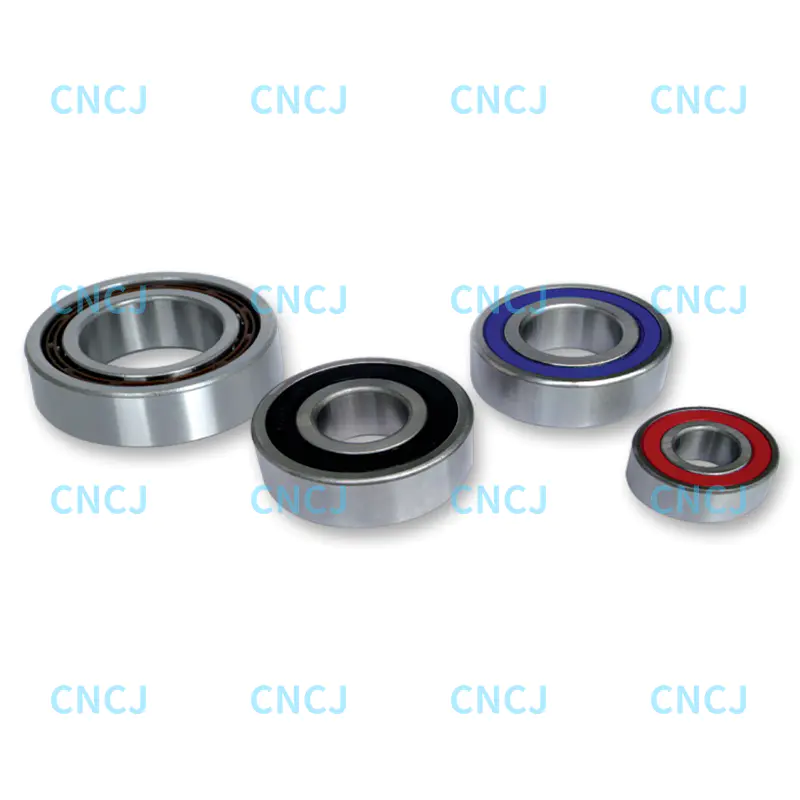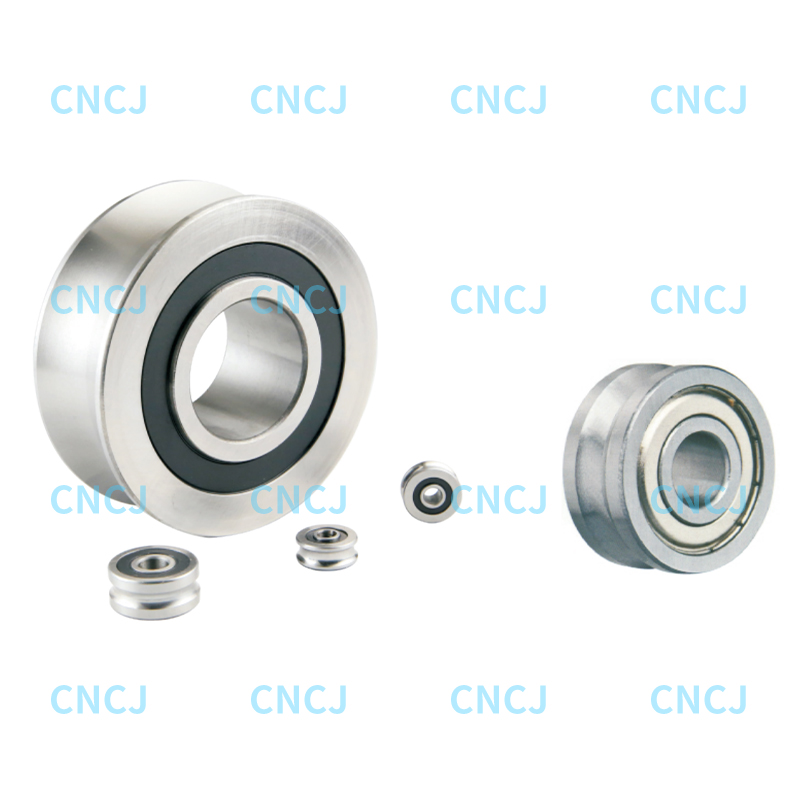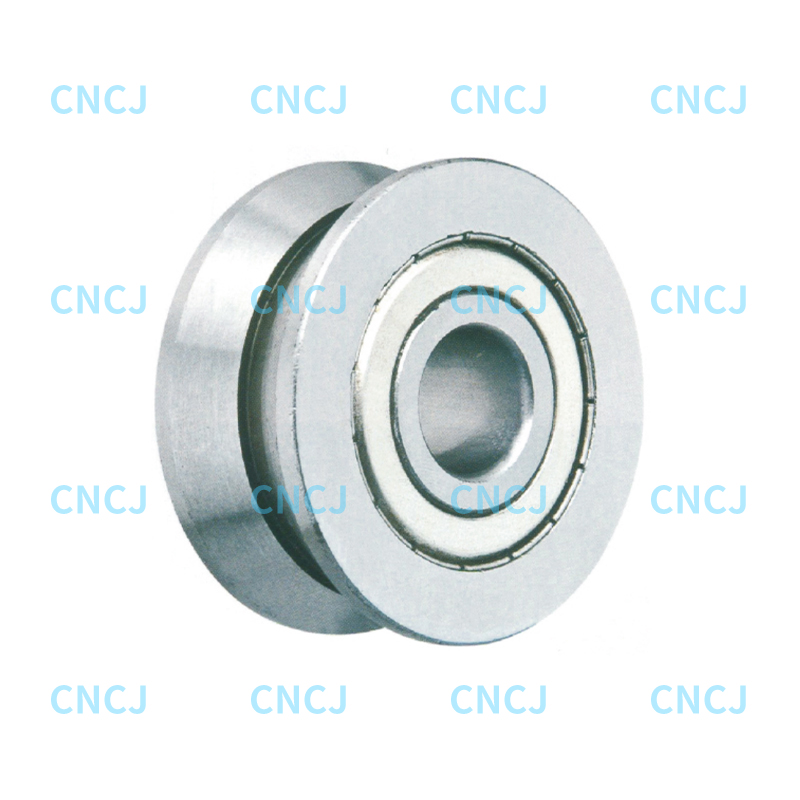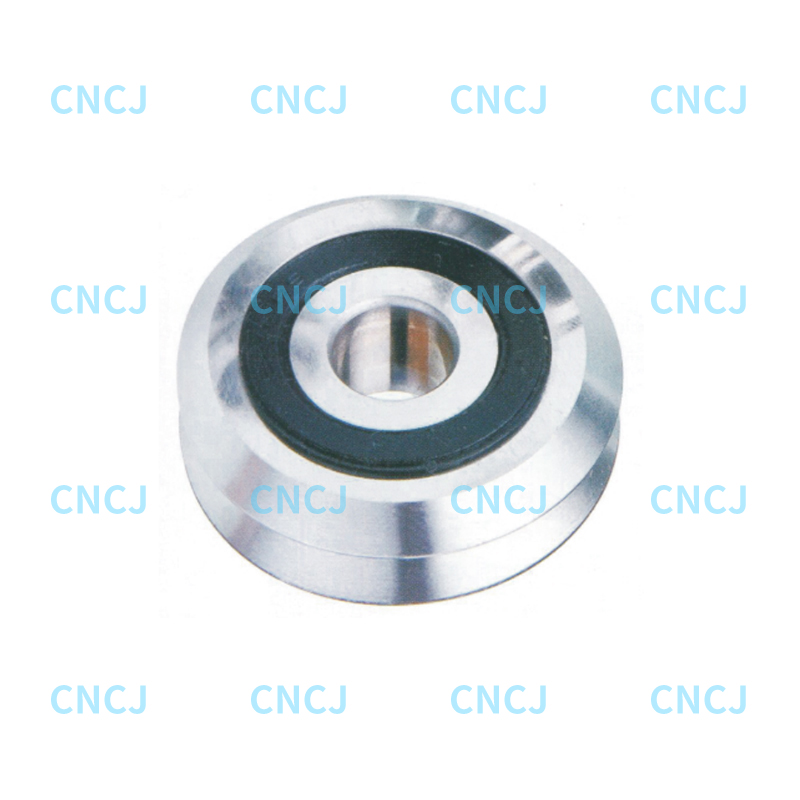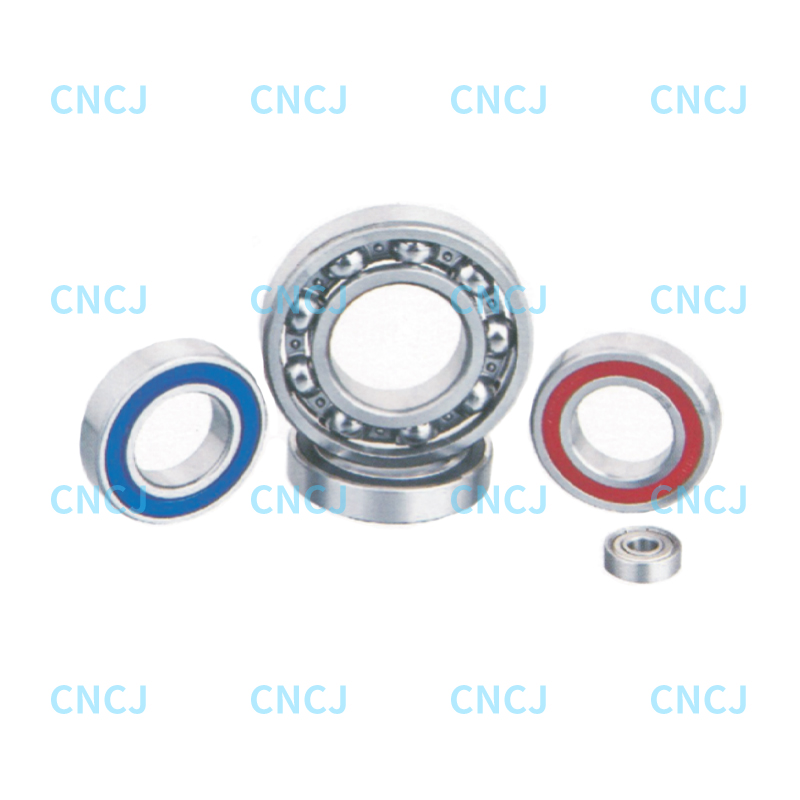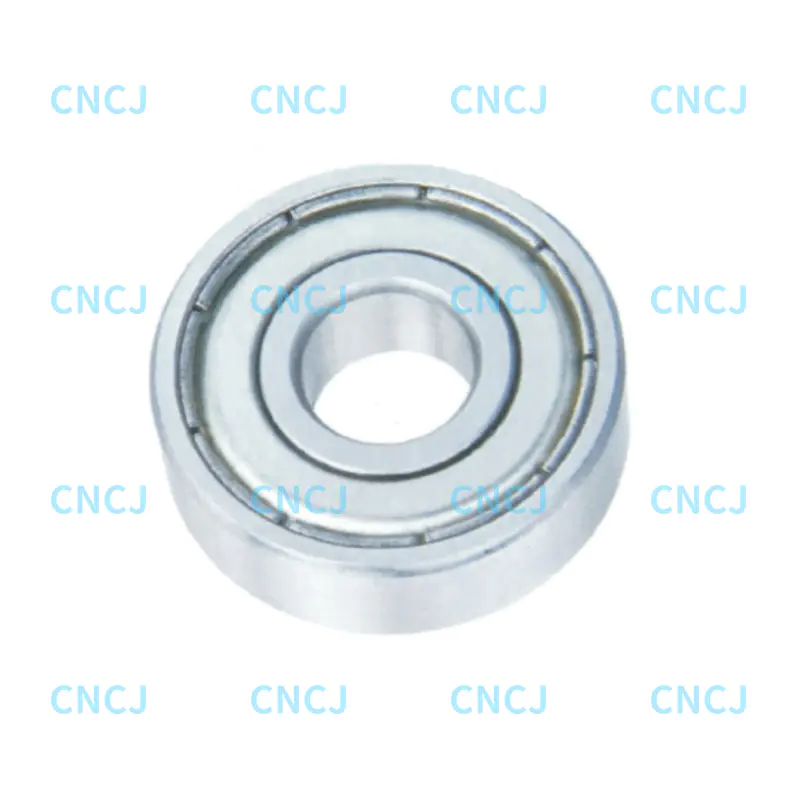Why Is Identifying Counterfeit 5202 Bearings Critical for Machinery Performance?
5202 bearings are precision components widely used in motors, pumps, and light industrial equipment—their performance directly impacts machinery lifespan and operational safety. Counterfeit bearings, limited by substandard raw materials and shoddy craftsmanship, often suffer from uneven rolling surfaces, unstable clearance, and weak structural integrity .
In practical use, fake 5202 bearings may deform under load, generate abnormal noise, or fail suddenly—leading to machinery shutdowns, costly repairs, or even safety accidents . For example, a counterfeit bearing in a motor could cause shaft misalignment, triggering overheating and equipment burnout. Conversely, genuine 5202 bearings adhere to strict manufacturing standards (such as ISO 9001), ensuring consistent load capacity (typically 12.1kN dynamic load) and smooth operation. Distinguishing between genuine and fake models is therefore not just a quality issue, but a safeguard for equipment reliability.
What Clues Does Packaging Reveal About 5202 Bearing Authenticity?
Packaging is the first line of defense against counterfeits, as fake bearings often cut corners on packaging quality and anti-counterfeiting features:
1. Outer Packaging Consistency
Genuine 5202 bearings from brands like SKF or NSK come in standardized packaging with uniform box dimensions, crisp printing, and consistent brand logos . Counterfeits frequently have mismatched box sizes, blurry text, or misspelled brand names (e.g., "SKF" printed as "SKG"). Customs inspections have also found fake bearings mixed in non-branded or random packaging—for instance, a single carton containing both "HCH" and "SKF" labeled bearings without independent inner packaging .
2. Anti-Counterfeiting Labels and Verification Codes
Reputable manufacturers equip packaging with unique anti-counterfeiting features:
- Scratch-off verification codes: Genuine bearings have QR codes or alphanumeric codes on boxes or quality certificates that can be scanned or entered on the brand’s official website .
- Holographic labels: Authentic labels change color when tilted, while counterfeits often use static stickers without holographic effects.
- Seal integrity: Genuine packages use tamper-proof seals; broken or missing seals may indicate repackaged fakes.
3. Inner Protection
Genuine 5202 bearings are wrapped in oil-proof paper or plastic bags with rust-preventive oil, and paired with foam or cardboard inserts to prevent collision damage. Counterfeits often use thin, unmarked plastic bags, and lack proper cushioning—leading to scratches on bearing surfaces during transit.
How to Spot Authenticity Through 5202 Bearing Surface and Dimensional Checks?
As precision components, 5202 bearings have strict dimensional tolerances and surface finishes that counterfeits struggle to replicate. Use these visual and tactile checks:
1. Surface Smoothness and Machining Quality
- Races and rolling elements: Genuine bearings have mirror-like inner/outer races (the circular tracks for balls) with no tool marks, burrs, or pitting. Counterfeits often have rough, uneven surfaces due to low-grade machining .
- Stamp clarity: Authentic 5202 bearings have laser-etched markings (model number "5202", brand logo, and manufacturing batch) that are sharp, evenly spaced, and resistant to rubbing. Fake bearings use ink stamps that smudge easily with alcohol or a cloth.
- Color consistency: Genuine bearings have uniform surface treatment (e.g., matte silver or black oxide coating) without discoloration spots. Counterfeits may show uneven plating or rust traces.
2. Dimensional Accuracy Verification
5202 bearings have standard dimensions (15mm inner diameter, 35mm outer diameter, 14mm width) with tolerances within ±0.02mm. Use a caliper to measure these parameters—counterfeits often deviate by 0.1mm or more, which can cause fitting issues in machinery. Pay special attention to the bearing’s thickness: fake models may have uneven side faces, leading to unstable rotation.
3. Component Quality
Genuine 5202 bearings use high-carbon chromium steel for races and rolling elements, and durable nylon or steel for the cage (the component that separates the balls). Counterfeits may use low-grade steel that feels lighter (genuine 5202 bearings weigh approximately 30g) or brittle plastic cages that crack easily when pressed.
What Functional Tests Reveal 5202 Bearing Quality Without Professional Equipment?
Even without lab tools, simple functional checks can expose counterfeit 5202 bearings:
1. Rotation Smoothness
Hold the bearing’s inner ring and spin the outer ring—genuine bearings rotate smoothly with consistent resistance, no jolts, or grinding noises . Counterfeits often have uneven clearance (the gap between rolling elements and races) or trapped metal shavings, causing jerky rotation or a "gravel-like" feel. For horizontal testing, place the bearing on a flat surface and spin it: genuine bearings will rotate for 10–15 seconds, while fakes stop abruptly.
2. Noise and Vibration
Tap the bearing gently with a small hammer—genuine bearings produce a clear, ringing sound, while counterfeits make a dull thud (indicating porous or low-density metal). When rotating, fake bearings emit high-pitched squeaks or rumbling noises due to poor surface finishing.
3. Temperature Stability
Run the bearing at low speed (e.g., mounted on a drill) for 2 minutes—genuine bearings stay cool to the touch, while counterfeits overheat quickly (exceeding 40°C) due to friction from uneven rolling surfaces.
What Additional Verification Steps Confirm 5202 Bearing Authenticity?
For critical applications, take these extra steps to validate authenticity:
1. Source Verification
Purchase from authorized distributors rather than unbranded suppliers—genuine bearings come with a traceable purchase invoice and warranty card. Avoid "no-brand" or "generic" 5202 bearings, as these are 3x more likely to be counterfeit . Check the brand’s official website for a list of certified sellers.
2. Batch and Documentation Check
Genuine bearings include a detailed quality certificate with batch number, manufacturing date, and material specifications. Cross-verify the batch number with the manufacturer—counterfeits often have duplicate or non-existent batch codes. Some brands (e.g., Timken) offer online batch lookup tools for this purpose.
3. Professional Testing (for High-Stakes Use)
For industrial applications, send samples to a testing lab for:
- Hardness testing: Genuine 5202 bearings have a surface hardness of HRC 58–62; counterfeits are often softer (below HRC 50).
- Microstructure analysis: Lab tests reveal whether the bearing uses high-quality alloy steel (genuine) or recycled scrap metal (fake).
- Load testing: Genuine bearings withstand their rated dynamic load without deformation, while fakes fail at 50–70% of the rated load.
What Common Traps Should Buyers Avoid When Selecting 5202 Bearings?
Counterfeiters use deceptive tactics to mimic genuine bearings—watch for these red flags:
- Unrealistically Low Prices: If a 5202 bearing is priced 40% below market average, it’s likely fake. Genuine bearings require precision machining and high-grade steel, which can’t be produced at rock-bottom costs .
- Mixed Brand Packaging: Customs seizures frequently find counterfeit bearings with conflicting brand markings (e.g., "SKF" logo on a "HCH" box) or no brand at all . Avoid any packaging with inconsistent branding.
- Lack of After-Sales Support: Counterfeit sellers offer no warranty or return policy, while authorized distributors provide 12–24 month warranties for genuine 5202 bearings.
- Imperfect Seals: 5202 bearings with rubber seals (suffix 2RS) should have smooth, evenly bonded seals. Fake bearings often have misaligned or loose seals that fail to prevent dust and moisture ingress.
By combining packaging checks, visual inspections, functional tests, and source verification, you can reliably distinguish genuine 5202 bearings from counterfeits—protecting your machinery and avoiding costly downtime.

 English
English 中文简体
中文简体 Deutsch
Deutsch Español
Español